USB Drive Needs to Be Formatted? Here’s the solutions
- Home
- Support
- Tips Data Recovery
- USB Drive Needs to Be Formatted? Here’s the solutions
Summary
The article discusses alternative solutions to fixing a USB drive that prompts for formatting without losing data. It explains that formatting is not the best option because it can result in data loss. The article highlights common reasons why Windows might request formatting, such as unrecognized file systems, corrupted file systems, and hardware issues. It suggests that there are better methods to address these problems and recover data without resorting to formatting.
Table of contents
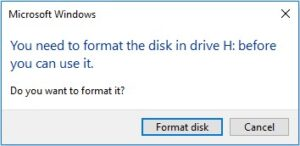

Easy to use Only simple steps to recover data from storage devices.
Multiple scan modes Fast partition scan, whole partition scan and whole disk scan for different recovery needs.
File types Support to recover pictures, videos, audios, documents, mails, etc.
Supported storage devices Recover data from recycle bin, SD card, external disk, etc.
Supported systems Windows 10, 8.1, 8, 7, Vista, XP, 2000 and Mac OS X10.6, 10.7, 10.8.
Easy to use Only simple steps to recover data from storage devices.
Multiple scan modes - 3 scan modes for different recovery needs.
Supported storage devices Recover data from recycle bin, SD card, external disk, etc.
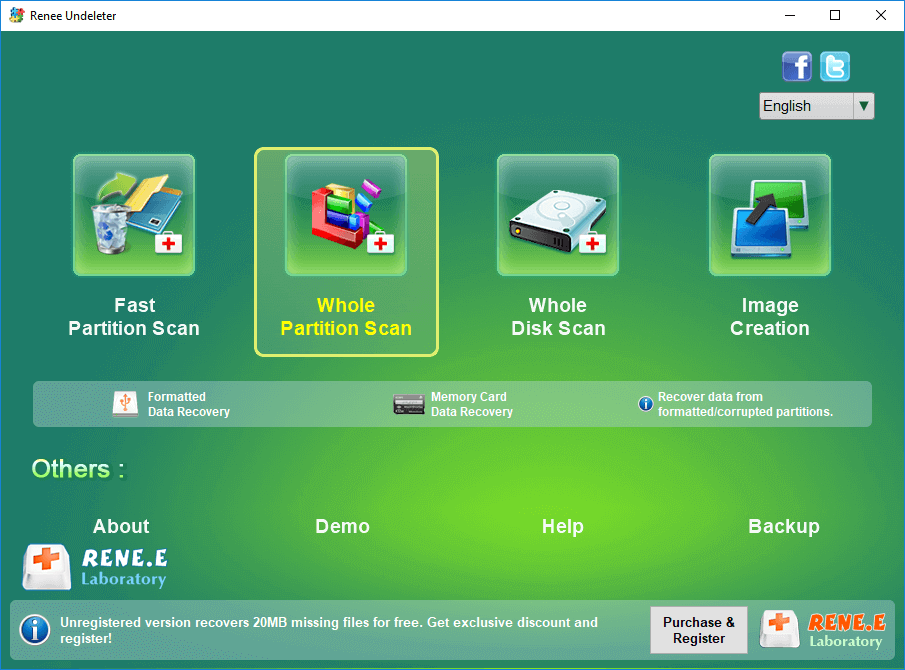
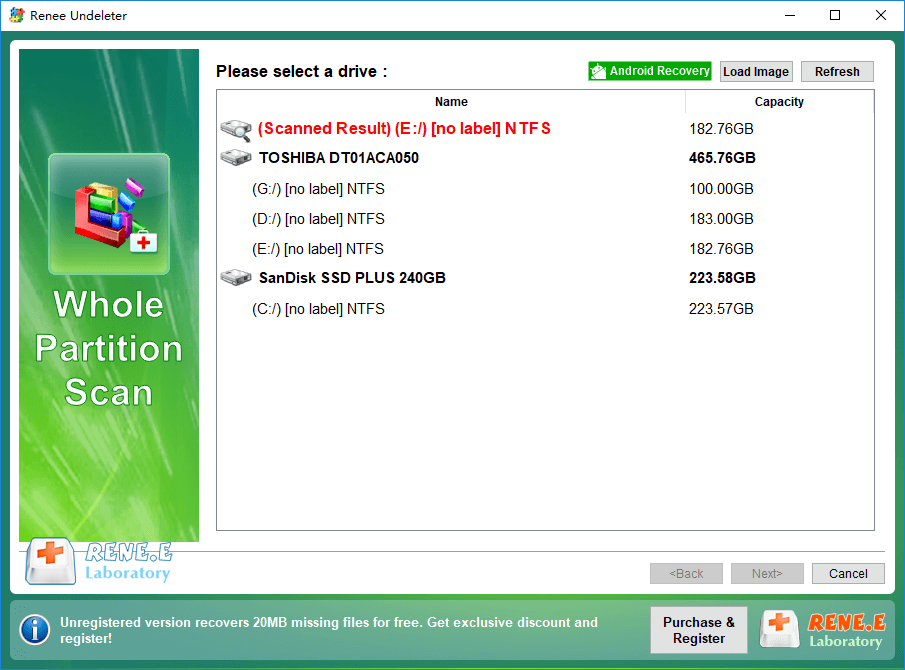
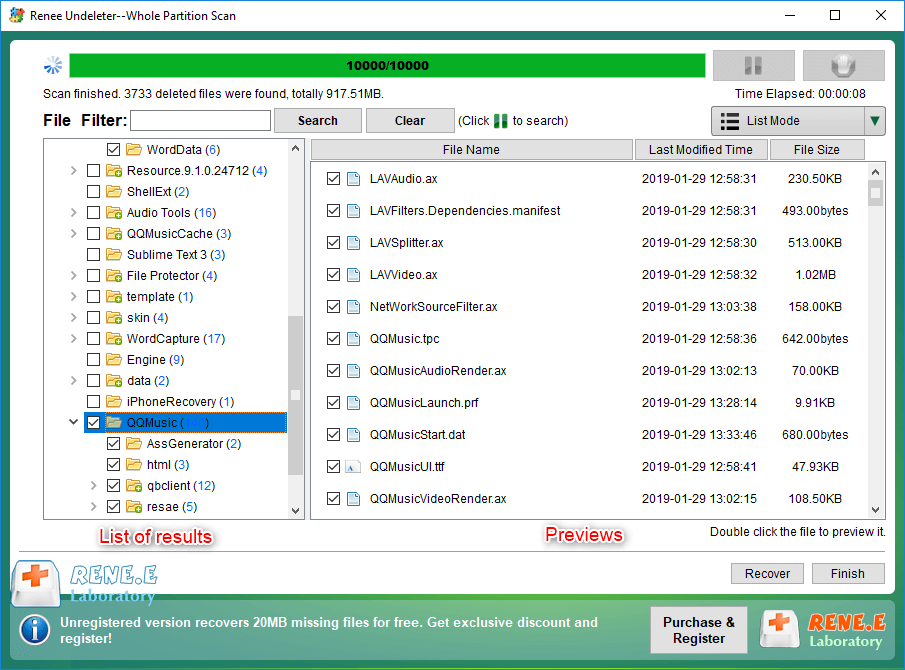
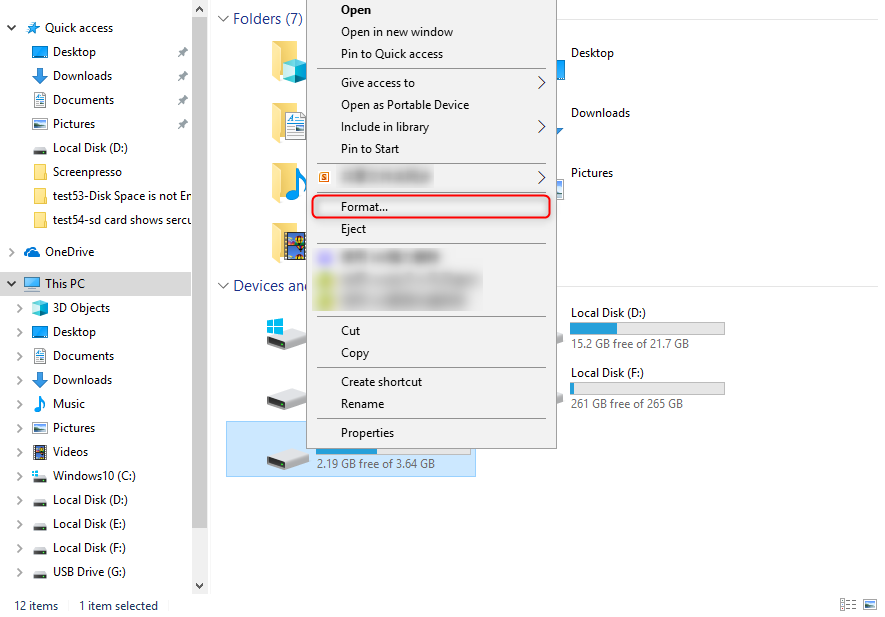
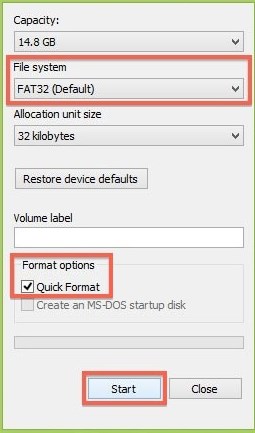
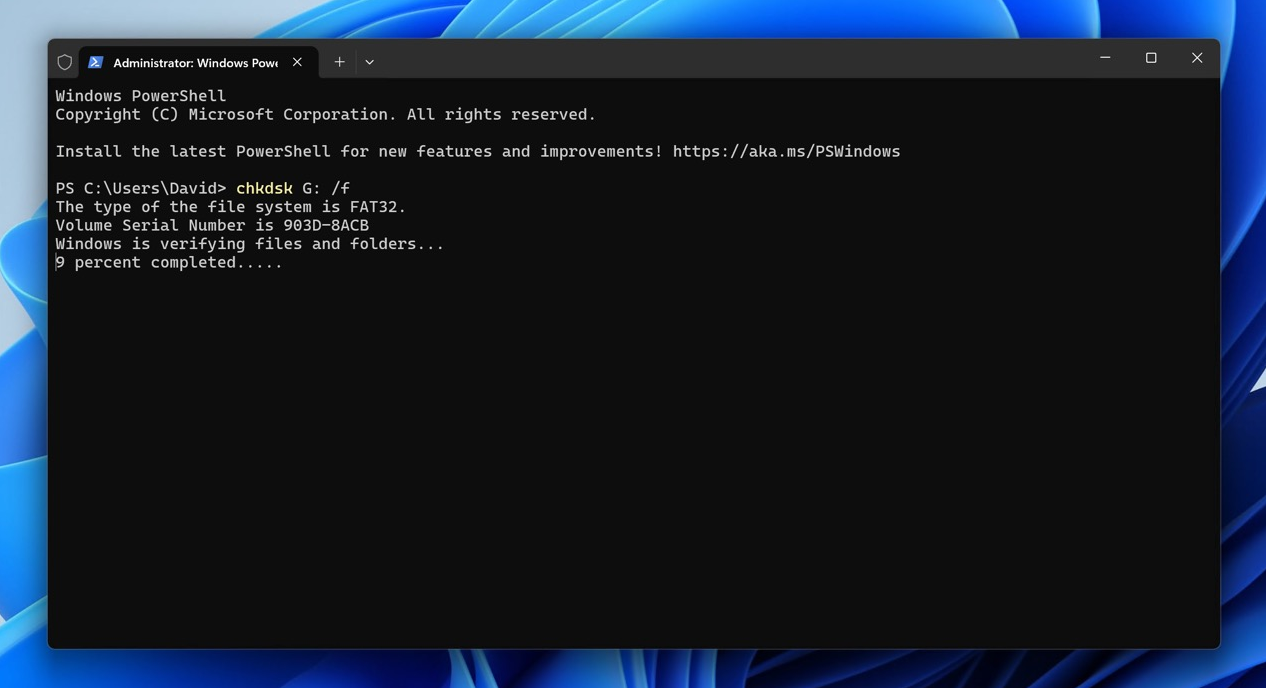
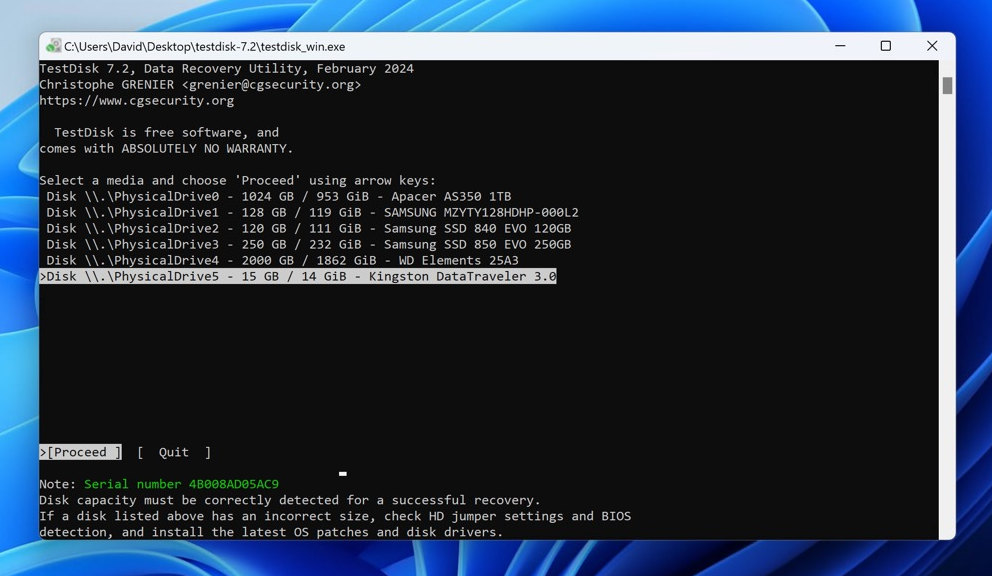
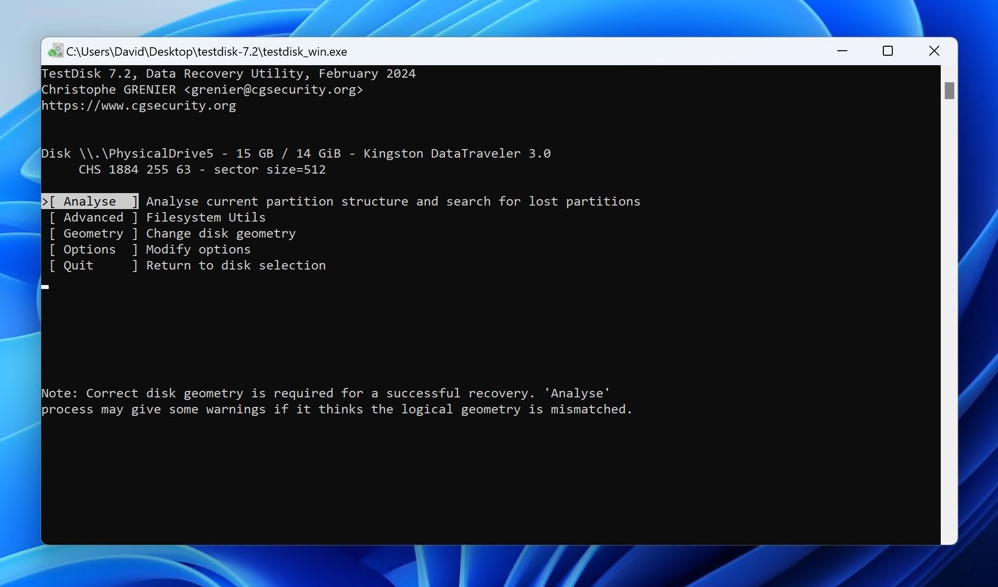
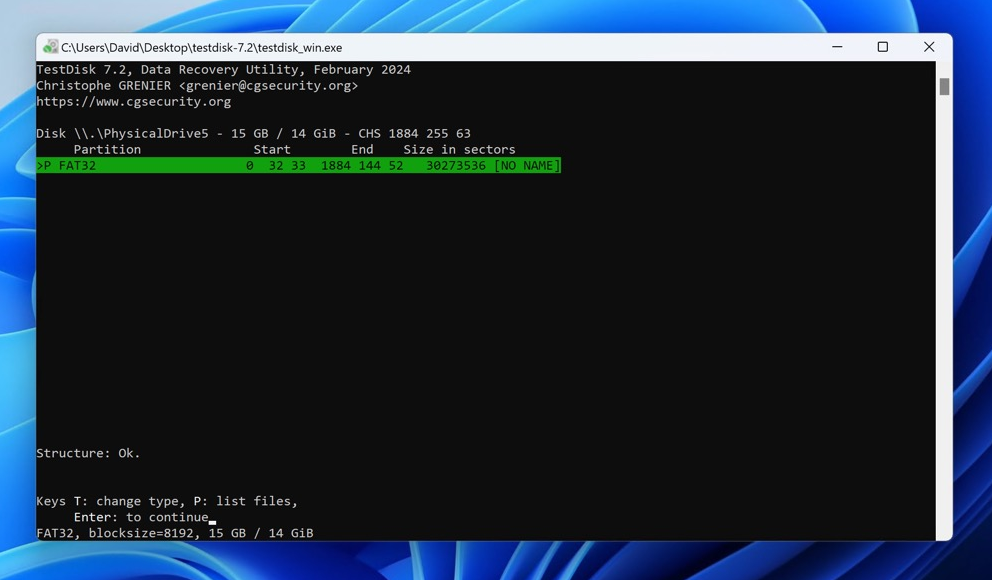
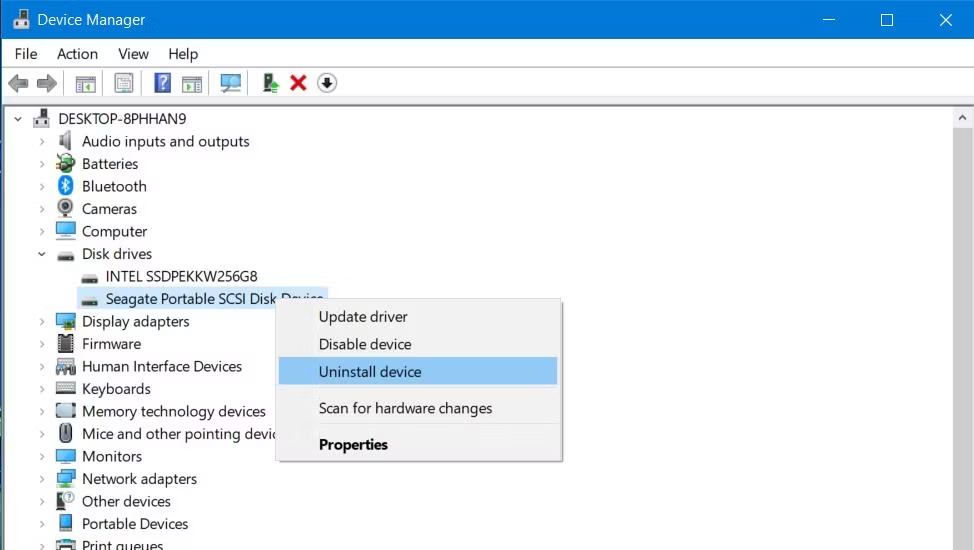
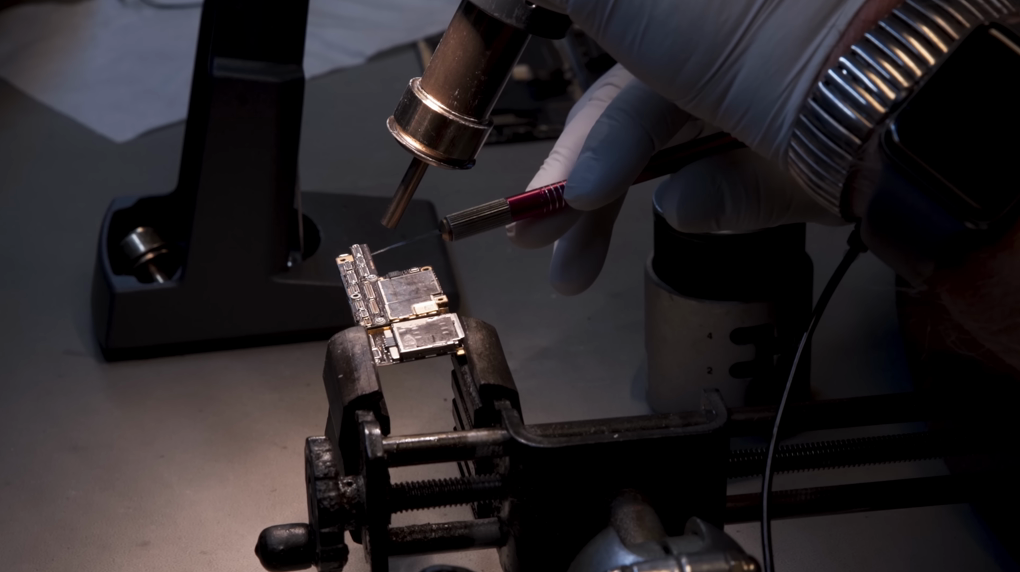

Easy to use Only simple steps to recover data from storage devices.
Multiple scan modes Fast partition scan, whole partition scan and whole disk scan for different recovery needs.
File types Support to recover pictures, videos, audios, documents, mails, etc.
Supported storage devices Recover data from recycle bin, SD card, external disk, etc.
Supported systems Windows 10, 8.1, 8, 7, Vista, XP, 2000 and Mac OS X10.6, 10.7, 10.8.
Easy to use Only simple steps to recover data from storage devices.
Multiple scan modes - 3 scan modes for different recovery needs.
Supported storage devices Recover data from recycle bin, SD card, external disk, etc.
Relate Links :
How to Recover Data from an exFAT Drive on Windows 10
23-09-2024
Amanda J. Brook : The article discusses the process of recovering data from an exFAT Drive on Windows 10 using third-party recovery...
Quick Format vs Full Format: Which is Better for Your Needs?
02-09-2024
Amanda J. Brook : A quick format is a fast procedure that removes the file allocation table, making the drive appear empty...
Comprehensive Guide to SATA Hard Drive Data Recovery
01-09-2024
Amanda J. Brook : The article provides a detailed guide on recovering data from SATA hard drives, emphasizing the importance of careful...
How to Recover Lost or Deleted Files from Your USB Flash Drive on Windows 10/11
05-09-2024
Jennifer Thatcher : The article discusses the issue of lost or deleted files from USB flash drives on Windows 10 and...
- Why Formatting Isn’t the Best Option
- How to Recover Files from a USB Drive that Requires Formatting
- How to Fix the USB Drive Needs to Be Formatted Problem
- Solution 1: Format the USB Drive
- Solution 2: Check the Drive for File System Errors
- Solution 3: Recover Lost Partitions
- Solution 4: Reinstall Drivers
- Solution 5: Check for Physical Damage
- How to Prevent Future Occurrences of the USB Needs to Be Formatted Message
- Key Takeaways






